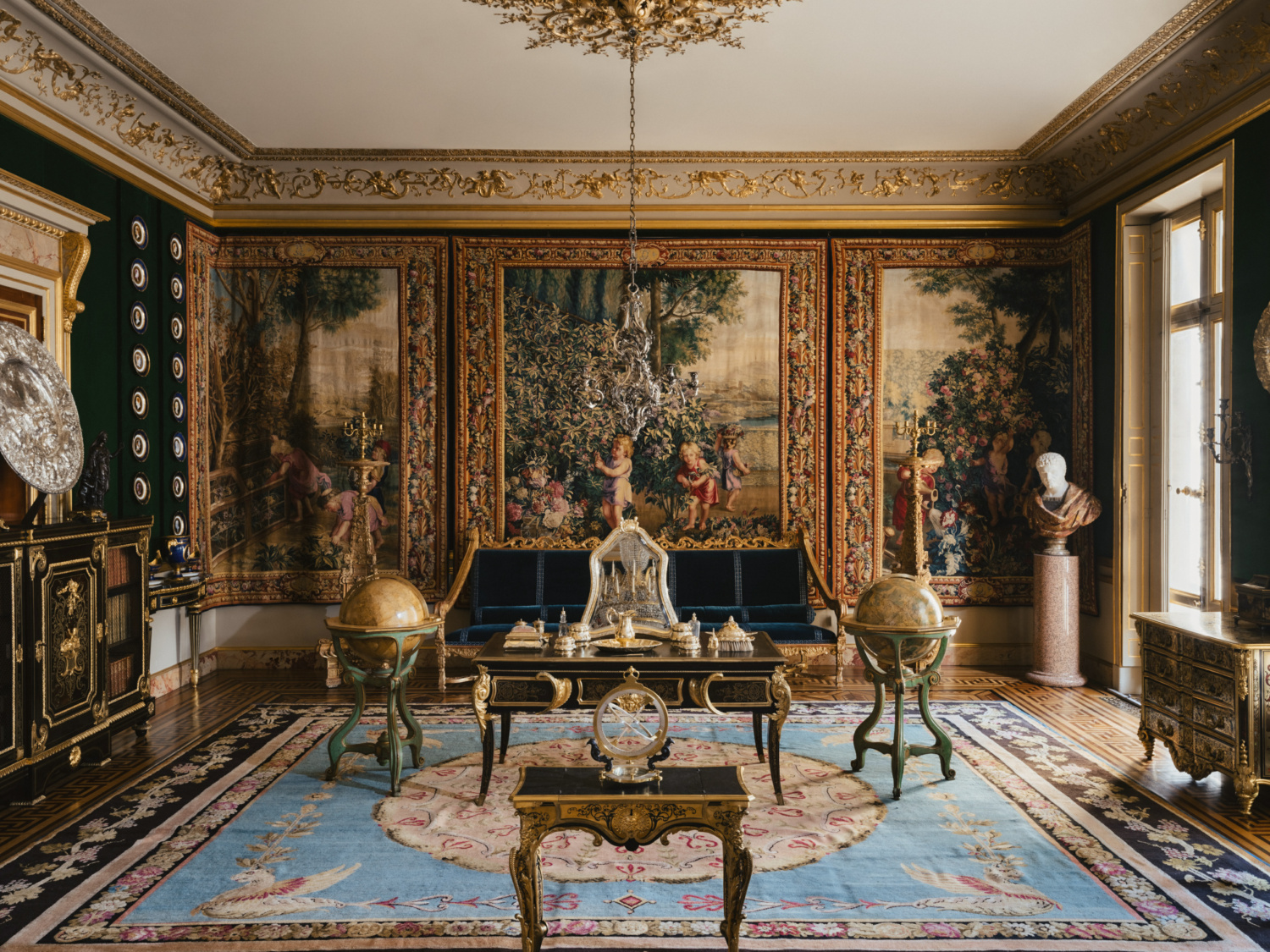The Kugel Family
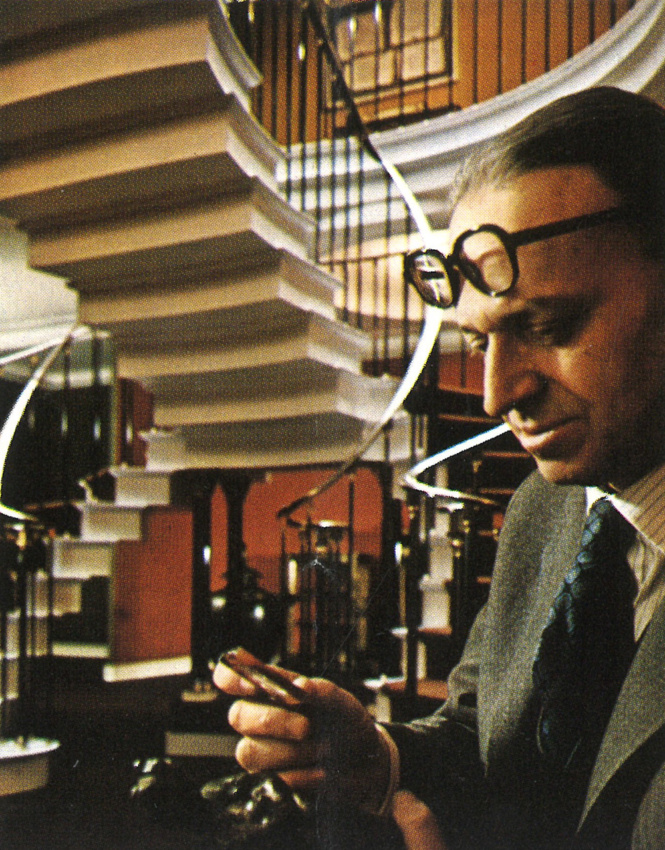
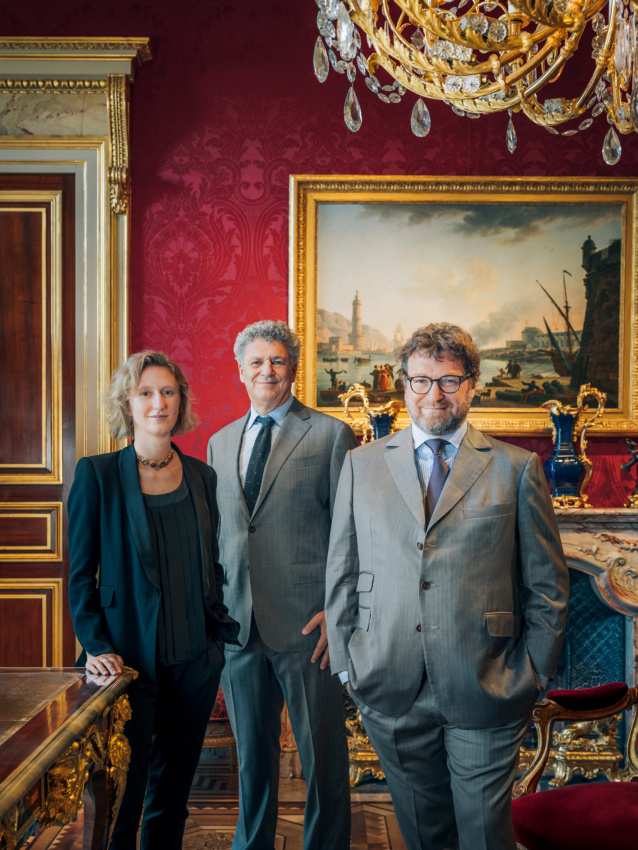
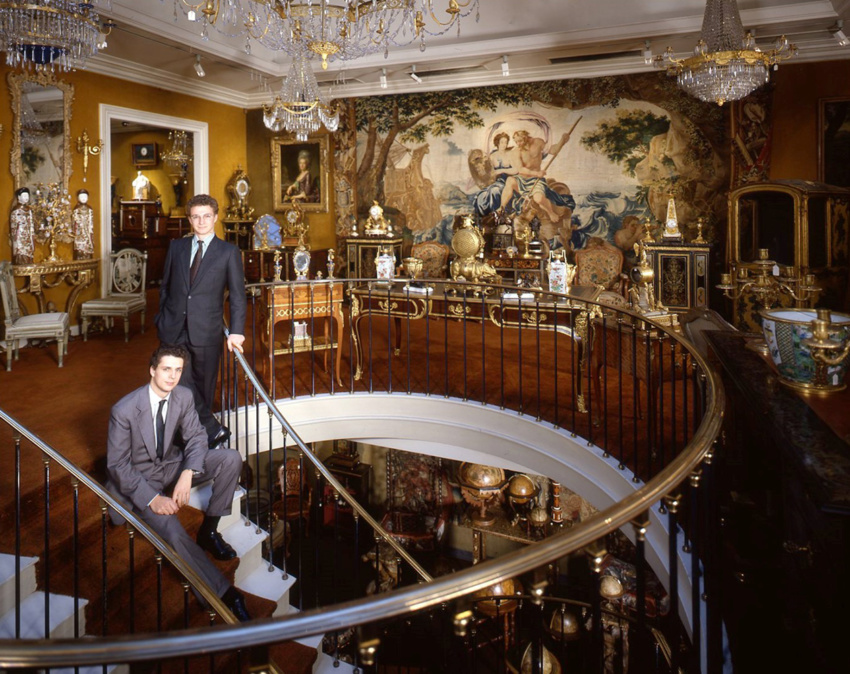
Joseph later opened a shop in Minsk and branched out to offer jewellery and silver. Joseph’s grandson, Matias (1876–1968), Nicolas and Alexis’s grandfather, became an expert in silver and relocated to Saint Petersburg.
The family emigrated to Paris in 1924 and in 1958, their father, Jacques Kugel (1912–1985), opened his eponymous gallery on rue Amélie and later on the famous rue de la Paix; he soon widened his scope to include furniture and paintings.
In 1970 Jacques moved to 279 rue Saint-Honoré, quickly gaining international renown and becoming one of the most famed dealers of his time. After their father’s death in 1985, Nicolas and Alexis took the reins, thus continuing the family tradition.
In September 2004 the gallery moved to the Hôtel Collot, on Paris’s Left Bank, opposite the Place de la Concorde, and in 2015, Laura, representing the sixth generation, joined the gallery.
The Gallery
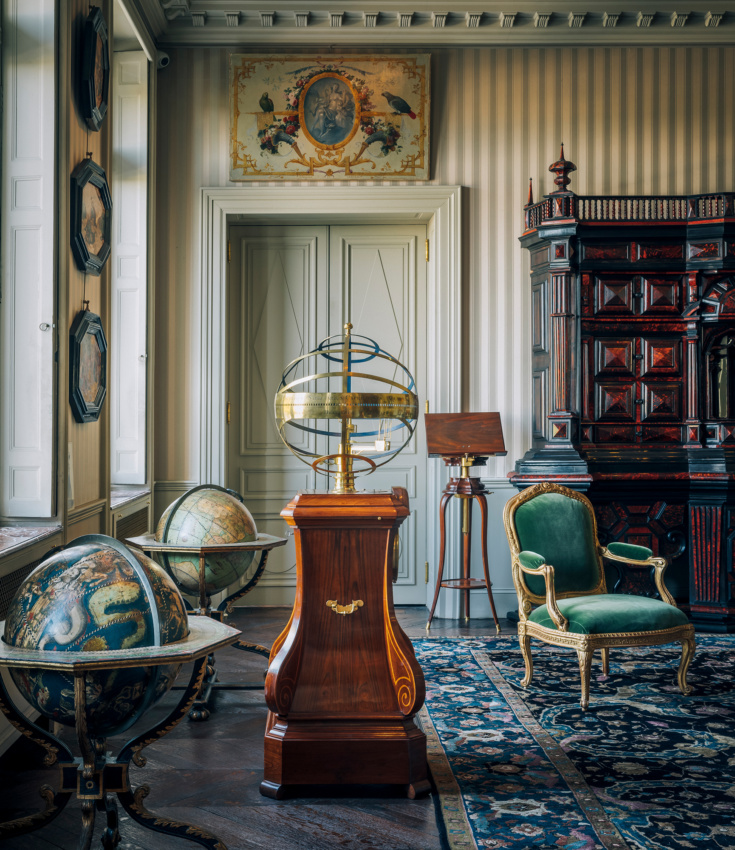
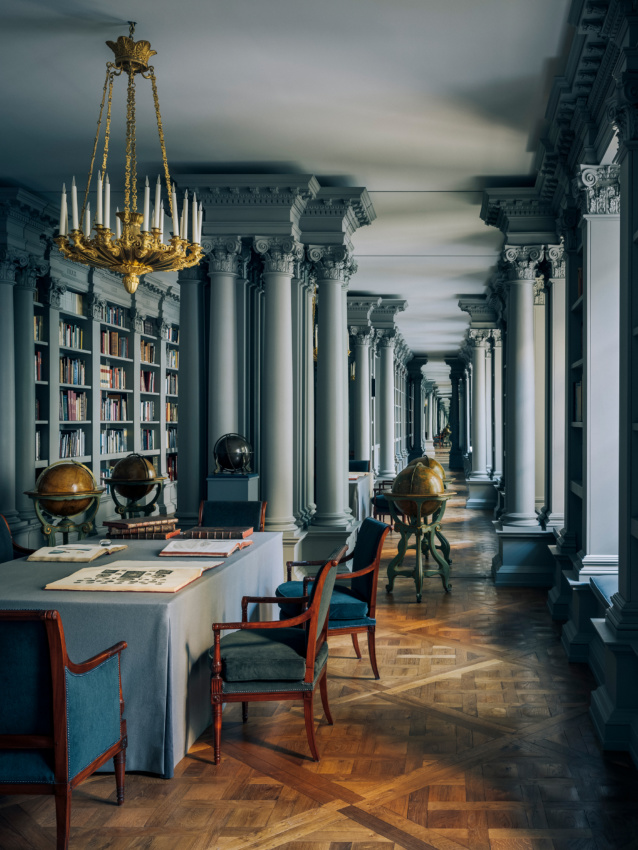
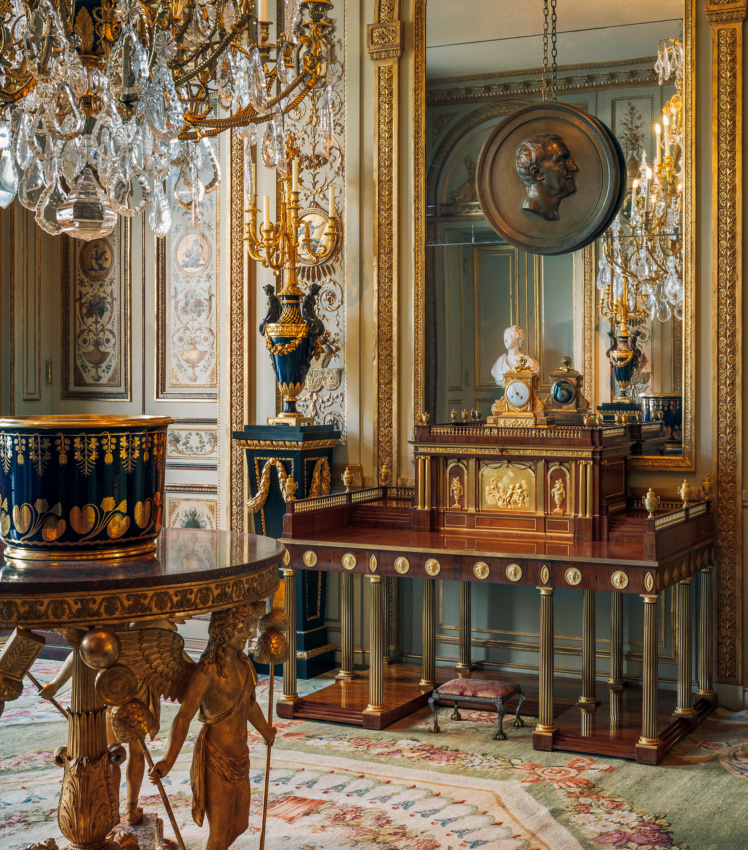
The majority of pieces are sourced directly from private collections. The well-cited “Kugel provenance”, is considered a guarantee of authenticity, rarity, and exceptional quality. Alexis, Nicolas, and Laura Kugel offer expert guidance to art lovers and connoisseurs to build and enhance their collections.
Our team of art historians, which benefits from a library containing over 20,000 reference works, is reputed for its provenance research and frequent rediscoveries of lost treasures.


The Hôtel Collot
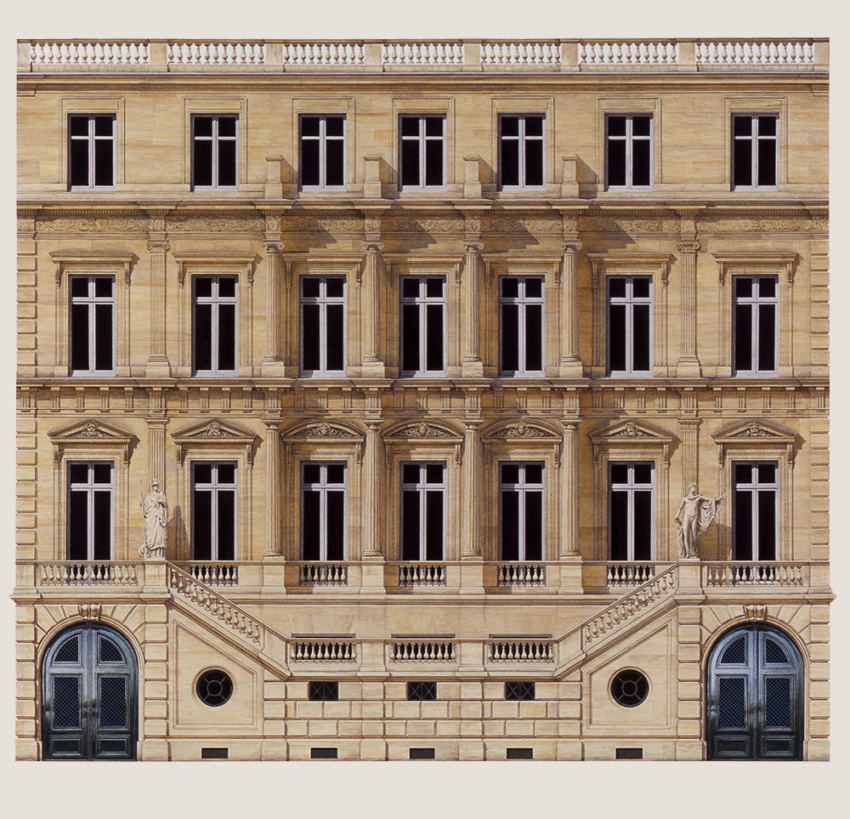
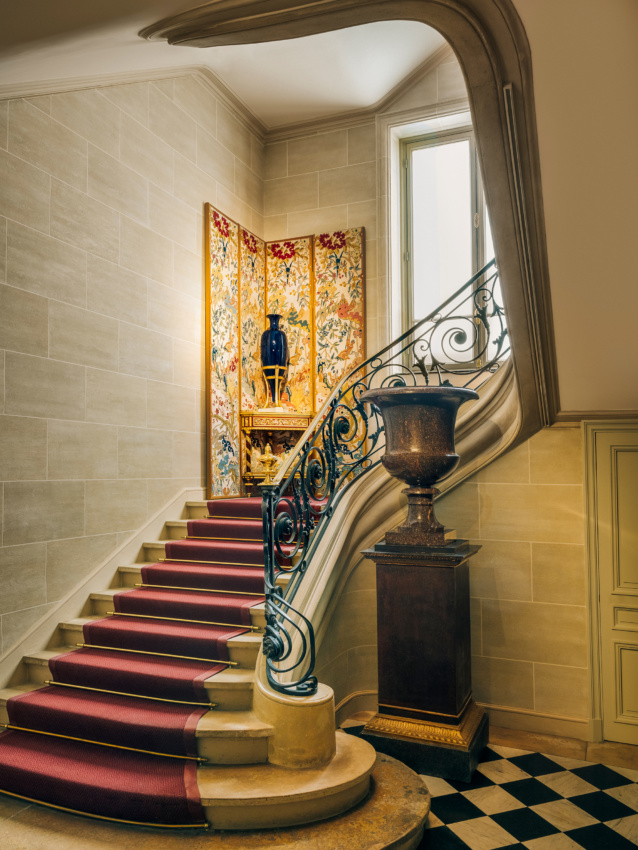
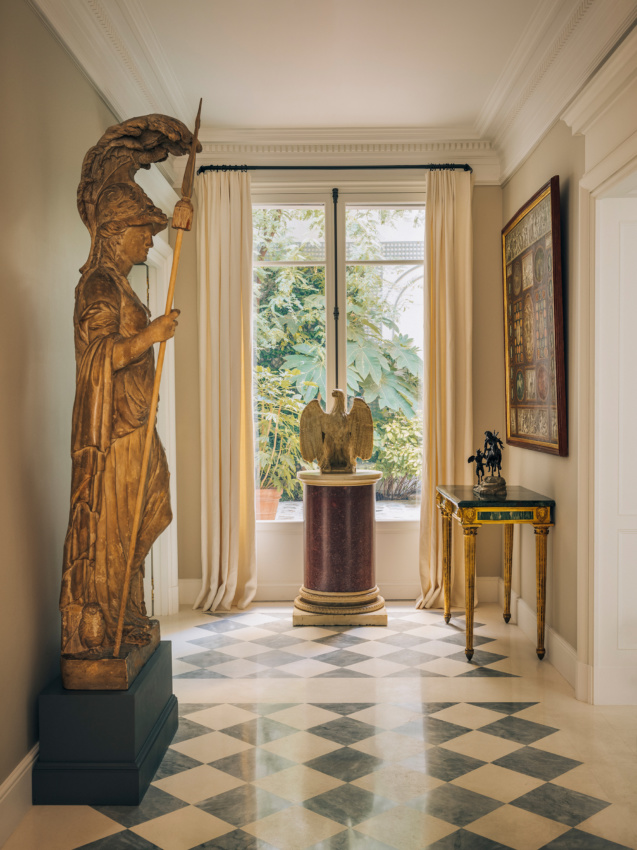
The building later housed the Spanish Embassy from 1864 to 1880 and was purchased in 1923 by Isaac Founes, an antiques dealer who specialised in French furniture. In 1932 it was acquired by the Société Générale Commerciale de l’Est, which stationed its offices there; the company’s owner also resided in the building until 2004.
The Hôtel’s architect, Louis-Tullius-Joachim Visconti (1791–1853), came from a well-known family of archeologists. His grandfather was the founder of the Vatican Museum, of which his father, Ennio Quirino Visconti, was curator. In 1798 the Visconti family settled in Paris, obtaining French citizenship in 1799. A student of Charles Percier, Visconti designed many buildings, as well as public and private monuments, including the fountain in the Place Saint Sulpice and Napoleon’s tomb in the Invalides; he also devised a plan to link the Tuileries and the Louvre.
Jean-Pierre Collot (1774–1852), an influential and discreet financier, had been a supplier to the French army and was a close friend of Napoleon Bonaparte. Named Receveur général of Marseille, he was the director of the French Mint from 1821 to 1842. Collot was also a friend of Louis Visconti’s father, and shared his interest in archeology. He was a renowned collector who donated works to the Musée Fabre in Montpellier.
Press
View more articles
